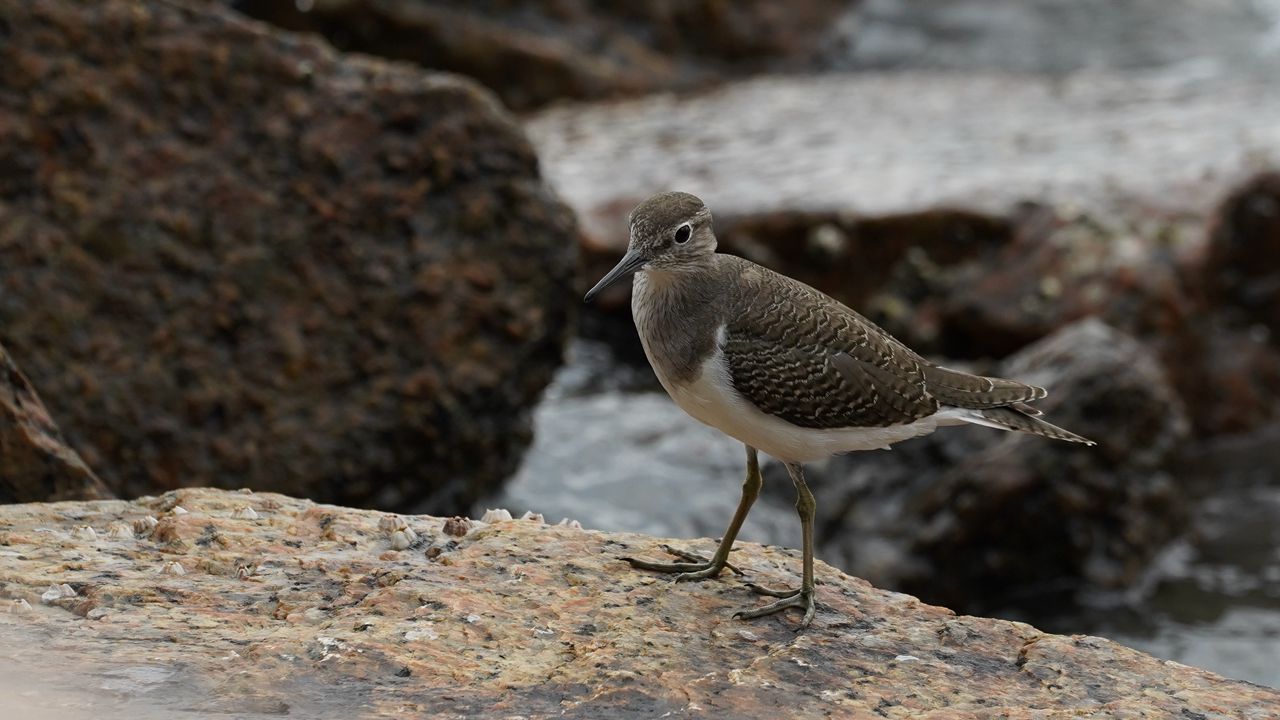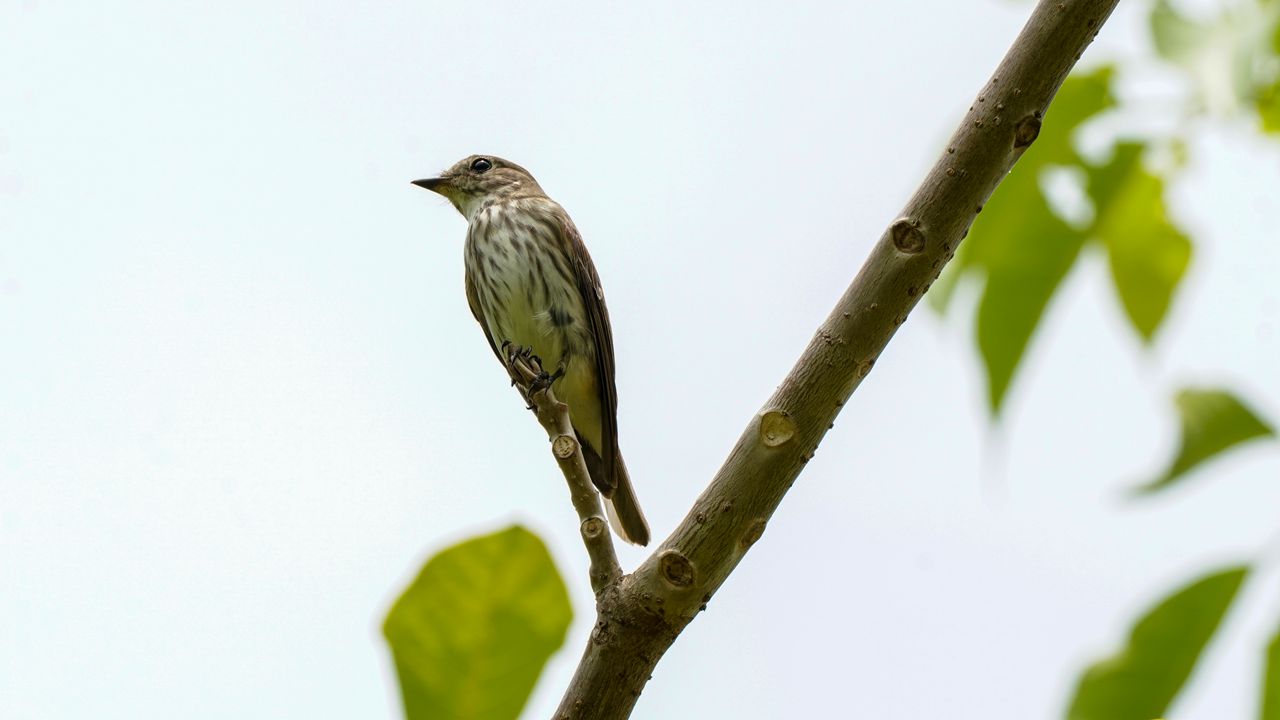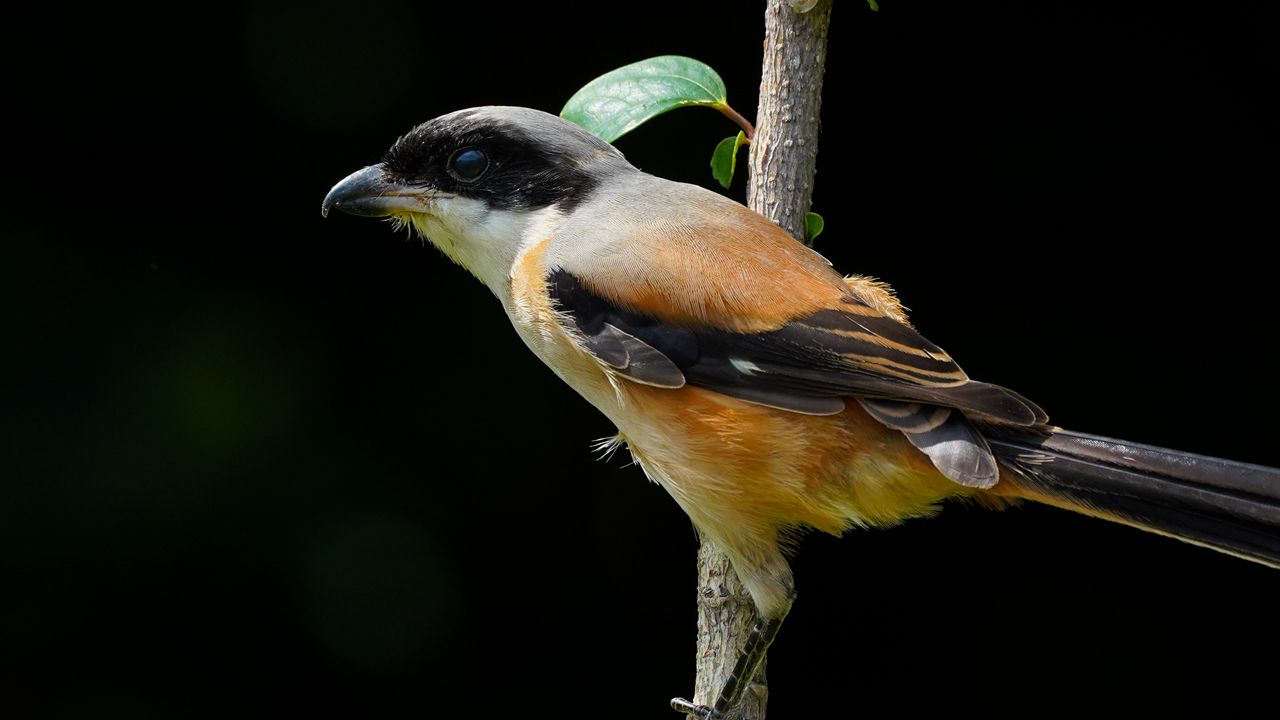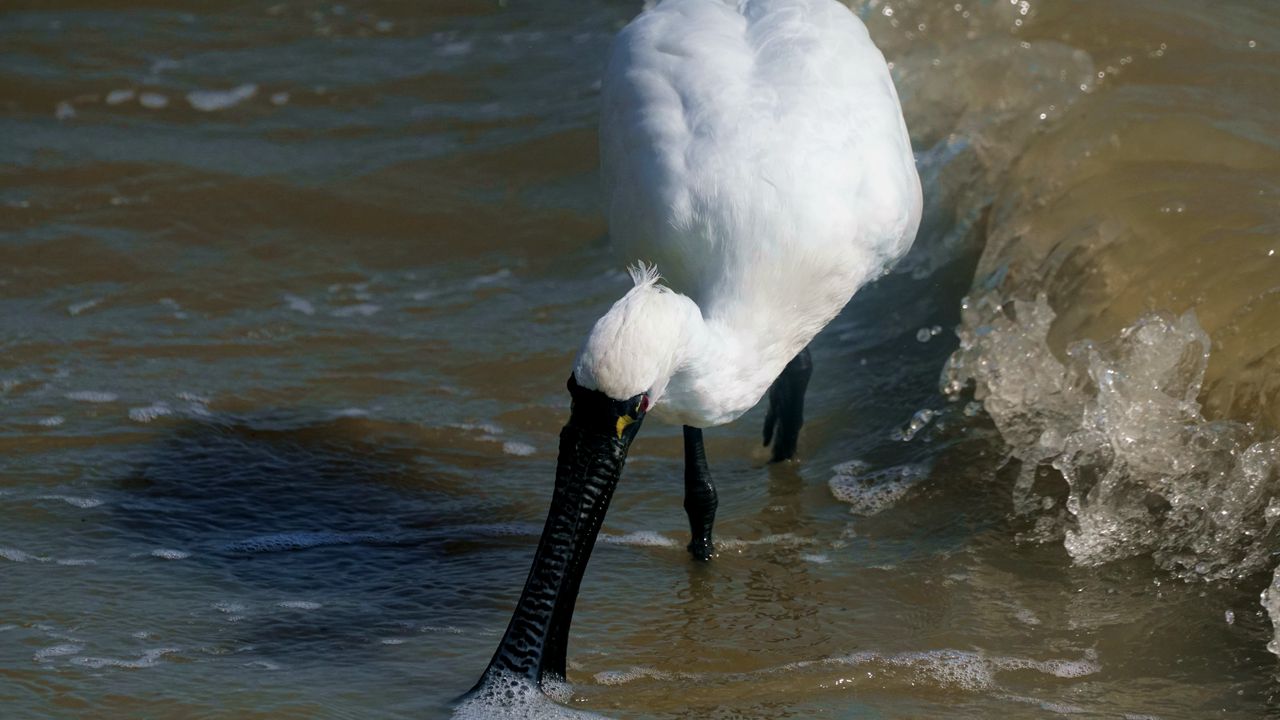SZ Bay more attractive to wildlife species


Migratory birds — a grey-streaked flycatcher (L) and a common sandpiper — stop over at Shenzhen Bay earlier this year. Wang Haolan
A set of photos of a leopard cat wading through the waters of Shenzhen Bay has recently gone viral online, eliciting netizens’ admiration of the city’s ecological environment.
In the photos, a leopard cat, followed by a group of red-footed snipes, carefully waded forward until it disappeared in the mangrove. It was the first time that a wild leopard cat made its appearance at Shenzhen Bay Park during daytime.
In fact, Shenzhen Bay has not only been visited by a leopard cat, but also many rare wild animals such as Eurasian otters, black-faced spoonbills, American wigeons and Baikal teals in recent years.
At Shenzhen Bay, it has become the norm for citizens to watch birds and fish and take photos. This shows the city’s consistence efforts in protecting wetlands and biodiversity, as well as exploring a sustainable development path with coordinated development of the economy, society and environment, Shenzhen Evening News reported.

A resident bird long-tailed shirke spotted at Shenzhen Bay.
“I was busy taking photos of birds that day when I saw a cat’s head emerging from the mangrove on the north side of the estuary. It was larger than an ordinary cat, and it had an obvious leopard pattern,” Zhou Linhong, a member of Shenzhen Bird Watching Society, recalled when she took the photos Oct. 13.
Zhou said that her hands were shaking a little, because she didn’t expect to photograph a wild leopard cat in broad daylight.
Leopard cats mainly live in mountains, forests and suburban shrubs. Their habitats range from low-altitude coastal areas to mountains with elevation reaching 3,000 meters above sea level. They are national second-class protected animals and are scattered across Shenzhen.
“Leopard cats are not often seen during daytime, let alone being observed by humans when they go out. Therefore, these photos of a leopard cat taken in Shenzhen Bay are very precious,” an expert told the News, analyzing that the ecological corridor probably played a big role after the transformation of Dasha River.
According to Yan Moshu, a staffer from Shenzhen Mangrove Wetlands Conservation Foundation, it was possible that the leopard cat came down from Tanglang Mountain after the city’s mountain-sea hiking trail was completed. Another possibility is that Shenzhen Bay’s ecological corridor is getting better, and the leopard cat traveled from Futian Mangrove Wetland in the east.

A black-faced spoonbill at Shenzhen Bay.
Shenzhen Bay is also an important habitat and stopover for migratory birds in the Eastern Hemisphere. Every winter, hundreds of thousands of migratory birds seek refuge in the bay’s marshes and mudflats. Shoals of fish are often seen in offshore waters.
The increasing number and variety of fish, shrimps and migratory birds can well serve as evidence that Shenzhen Bay’s ecological environment is improving, the News said.
According to incomplete statistics, Shenzhen Bay is home to over 190 bird species, including 23 rare and endangered species.
Shenzhen Bay is one of the most important habitats for black-faced spoonbills. Nearly 10% of the world’s black-faced spoonbills spend winter in the bay, statistics from Shenzhen Bird Watching Society showed.